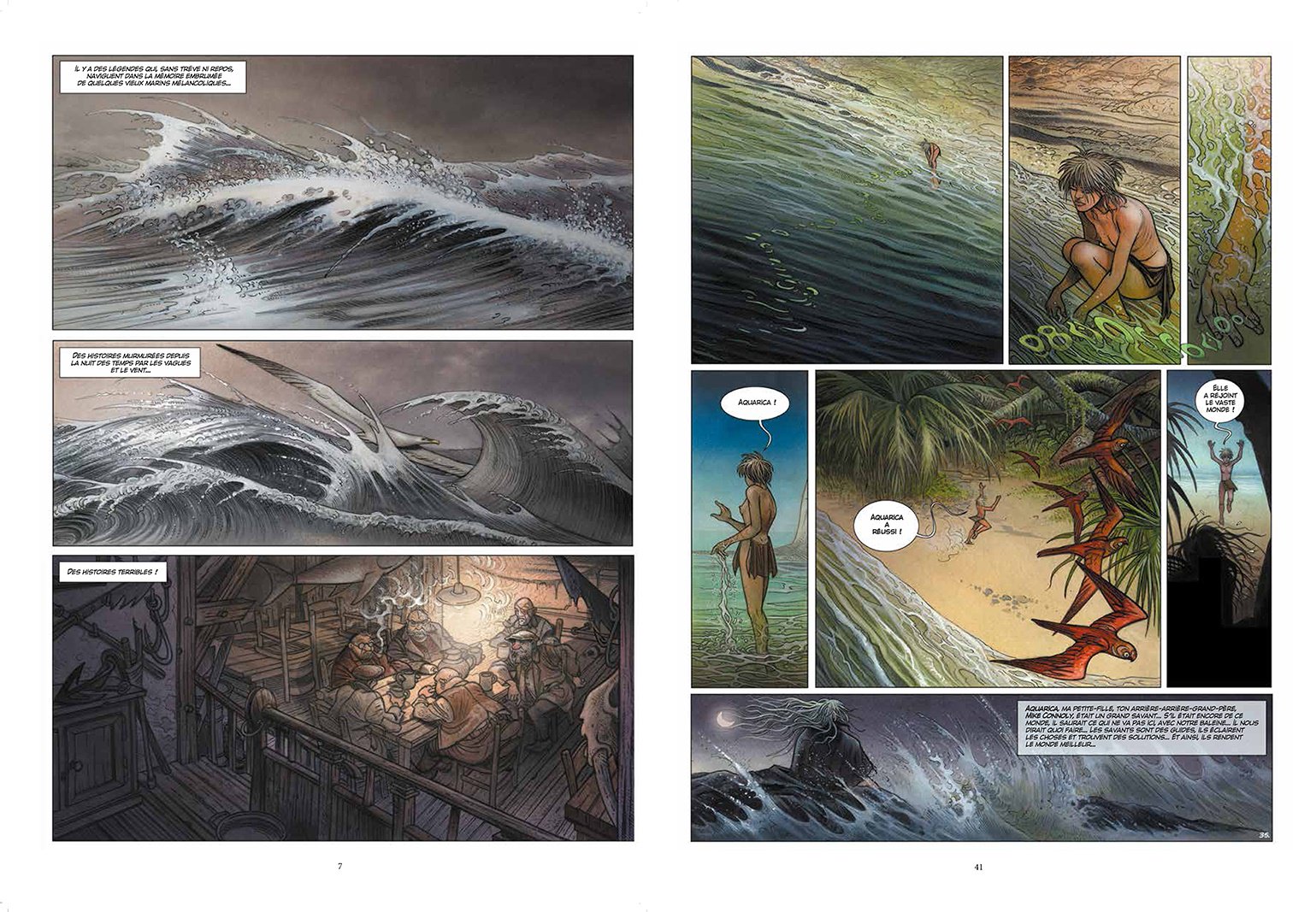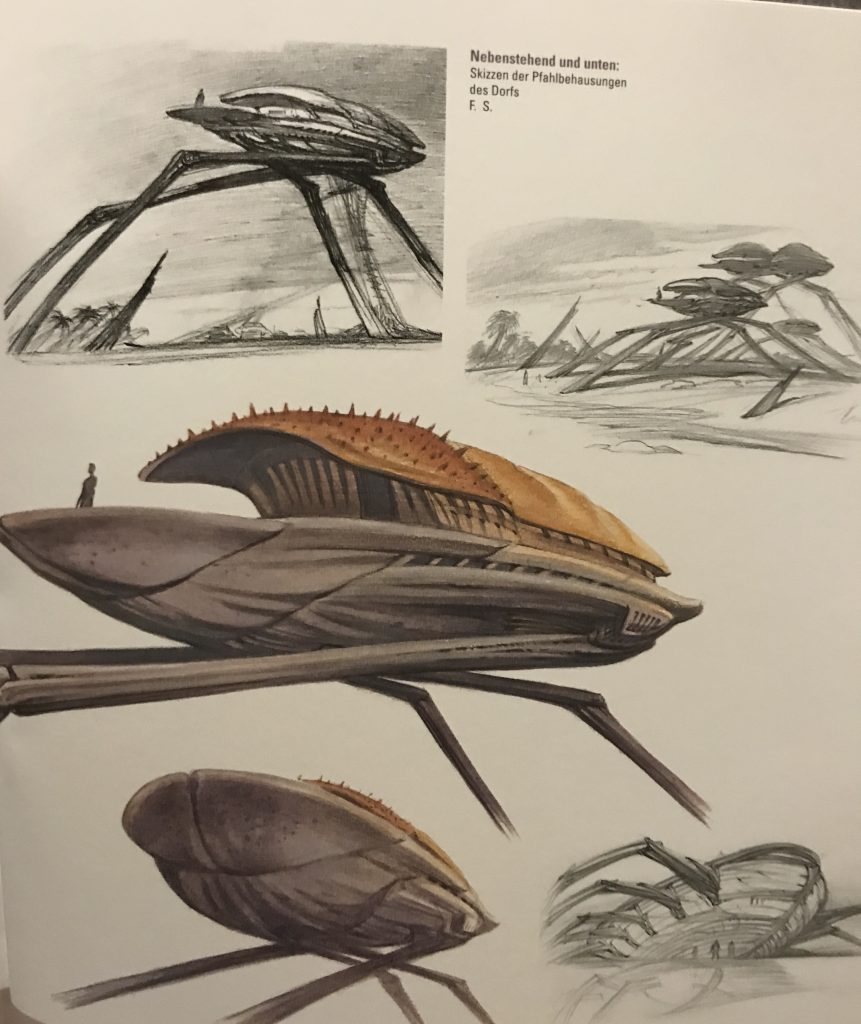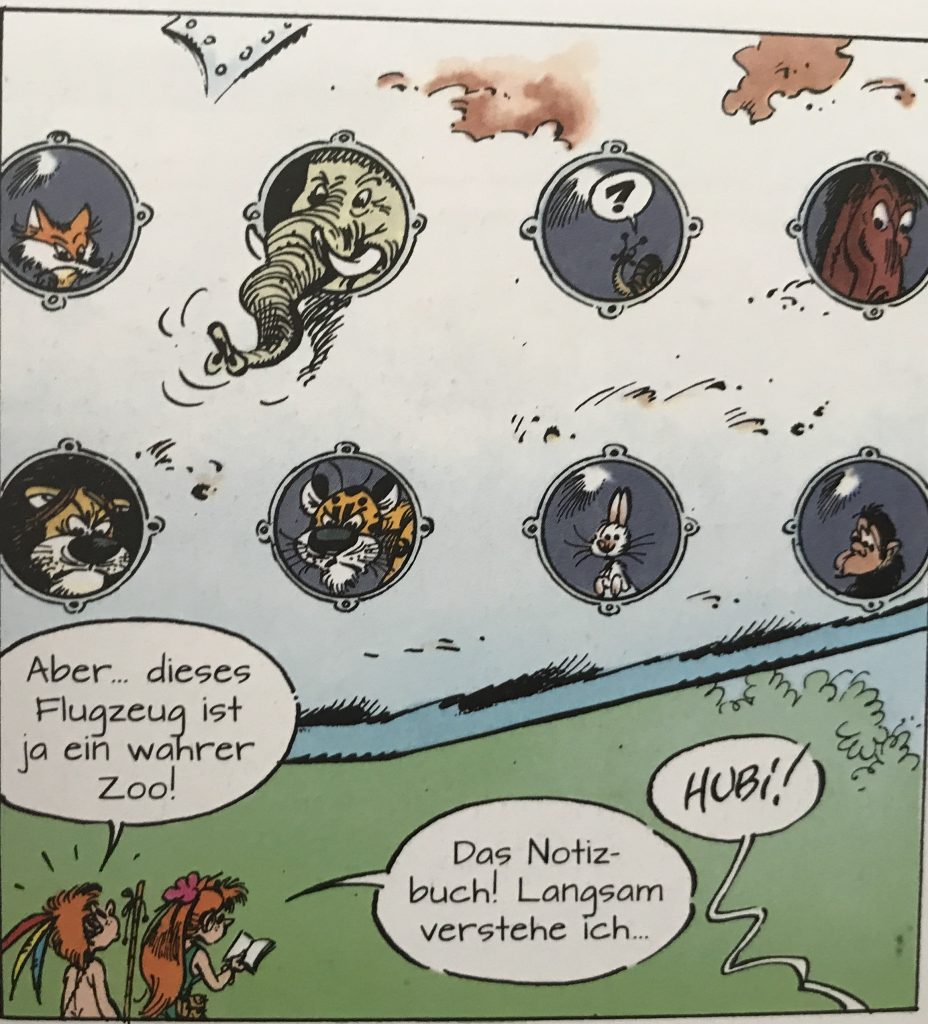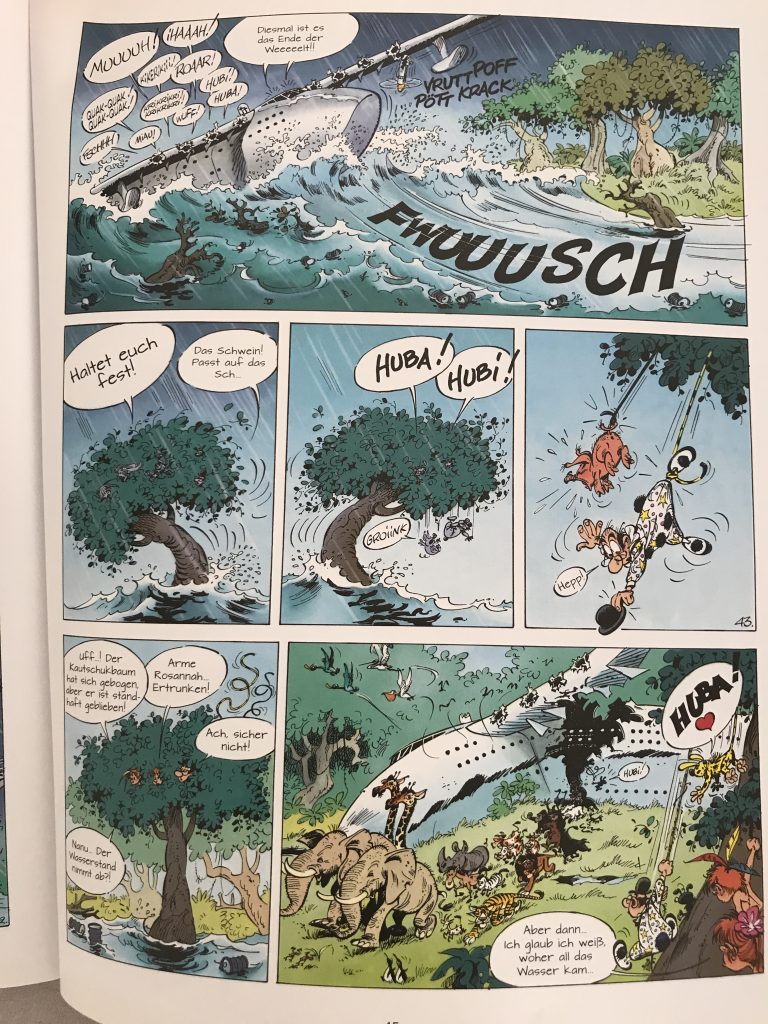(This text is from the site by the University of Pittsburg.)
“The Miao people in Southern China have no written records, but they have many legends in verse, which they learn to repeat and sing. The Hei Miao (or Black Miao, so called from their dark chocolate-colored clothes) treasure poetical legends of the creation and of a deluge. These are composed in lines of five syllables, in stanzas of unequal length, one interrogative and one responsive. They are sung or recited by two persons or two groups at feasts and festivals, often by a group of youths and a group of maidens. The legend of the creation commences:
Who made heaven and earth?
Who made insects?
Who made men?
Made male and made female?
I who speak don’t know.
Heavenly King made heaven and earth,
Ziene made insects,
Ziene made men and demons,
Made male and made female.
How is it you don’t know?
How made heaven and earth?
How made insects?
How made men and demons?
Made male and made female?
I who speak don’t know.
Heavenly King was intelligent,
Spat a lot of spittle into his hand,
Clapped his hands with a noise,
Produced heaven and earth,
Tall grass made insects,
Stories made men and demons,
Made men and demons,
Made male and made female.
How is it you don’t know?
The legend proceeds to state how and by whom the heavens were propped up and how the sun was made and fixed in its place.
The legend of the flood tells of a great deluge. It commences:
Who came to the bad disposition,
To send fire and burn the hill?
Who came to the bad disposition,
To send water and destroy the earth?
I who sing don’t know.
Zie did. Zie was of bad disposition,
Zie sent fire and burned the hill;
Thunder did. Thunder was of bad disposition,
Thunder sent water and destroyed the earth.
Why don’t you know?
In this story of the flood only two persons were saved in a large bottle gourd used as a boat, and these were A-Zie and his sister. After the flood the brother wished his sister to become his wife, but she objected to this as not being proper. At length she proposed that one should take the upper and one the lower millstone, and going to opposite hills should set the stones rolling to the valley between. If these should be found in the valley properly adjusted one above the other, she would be his wife, but not if they came to rest apart.
The young man, considering it unlikely that two stones thus rolled down from opposite hills would be found in the valley, one upon another, while pretending to accept the test suggested, secretly placed two other stones in the valley, one upon the other. The stones rolled from the hills were lost in the tall wild grass, and on descending into the valley, A-Zie called his sister to come and see the stones he had placed.
She, however, was not satisfied, and suggested as another test that each should take a knife from a double sheath and, going again to the opposite hilltops, hurl them into the valley below. If both these knives were found in the sheath in the valley, she would marry him, but if the knives were found apart, they would live apart.
Again the brother surreptitiously placed two knives in the sheath, and, the experiment ending as A-Zie wished, his sister became his wife. They had one child, a misshapen thing without arms or legs, which A-Zie in great anger killed and cut to pieces. He threw the pieces all over the hill, and next morning, on awakening, he found these pieces transformed into men and women. Thus the earth was re-peopled.
- Source: E. T. C. Werner, Myths and Legends of China (London: George G. Harrap and Company, 1922), pp. 406-408.
- Edited by D. L. Ashliman. © 2002-2003.







